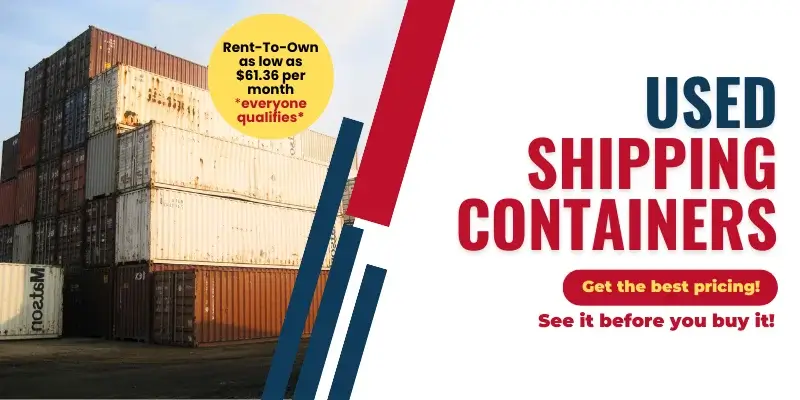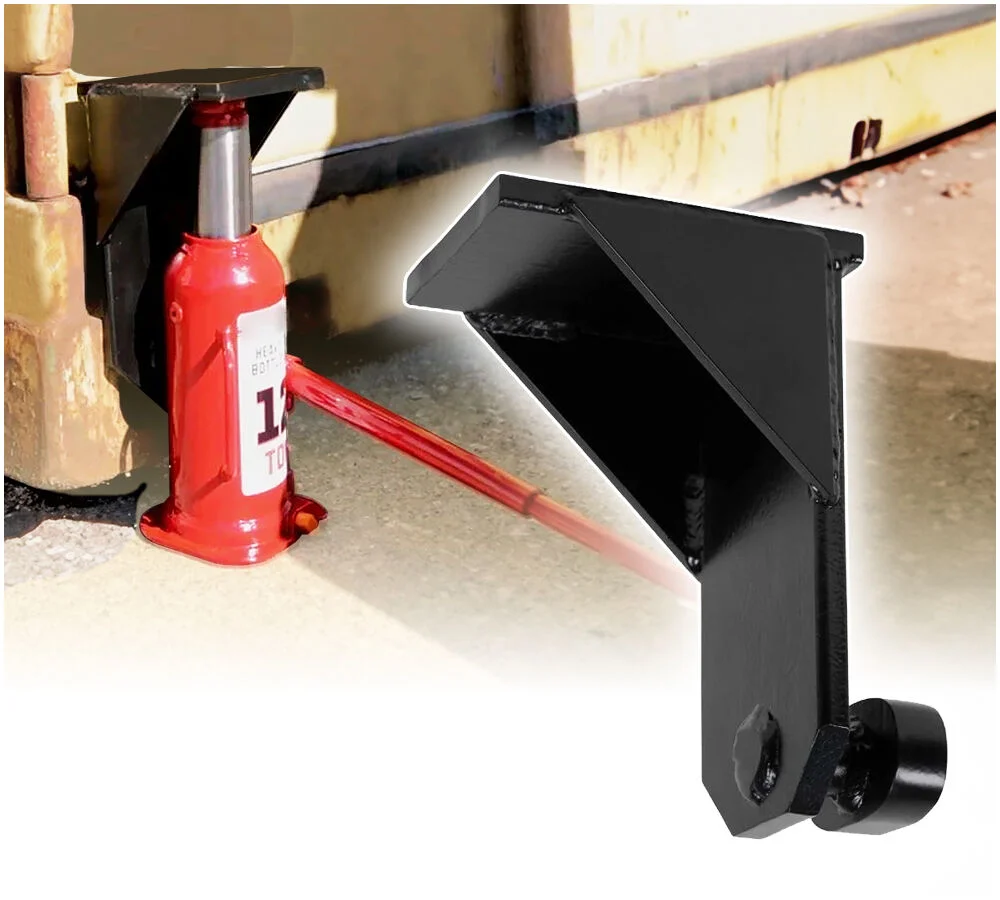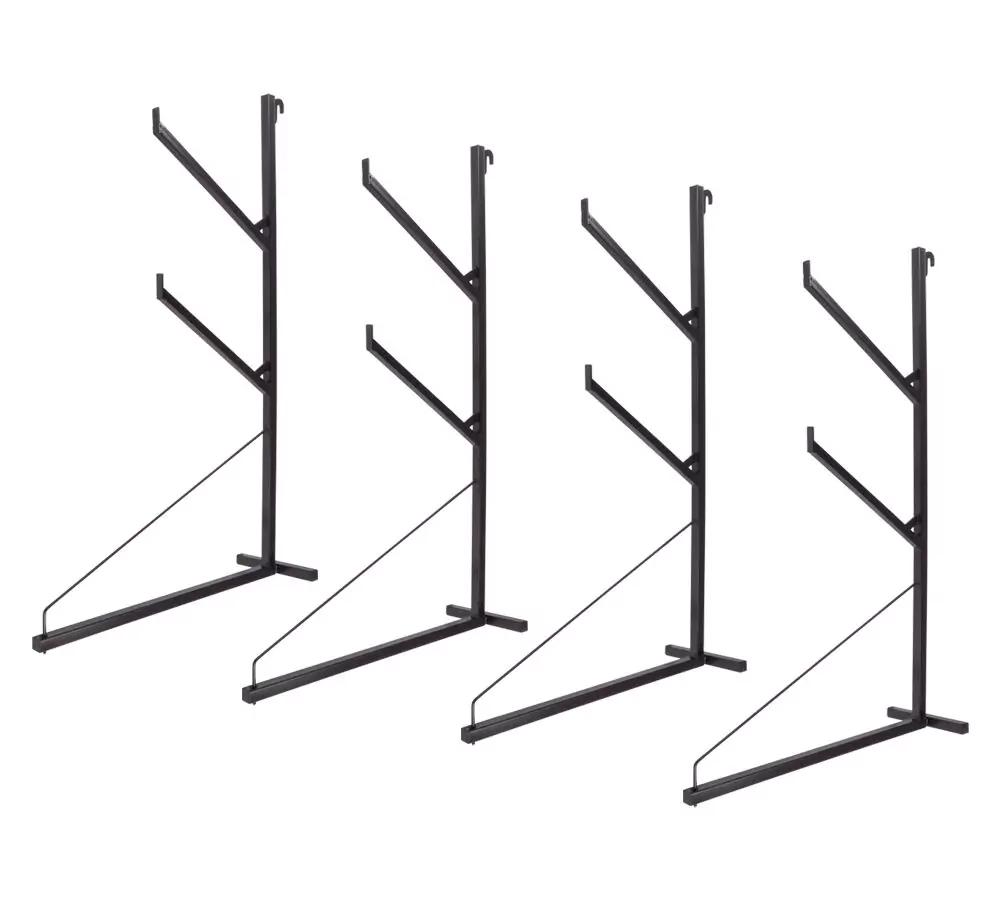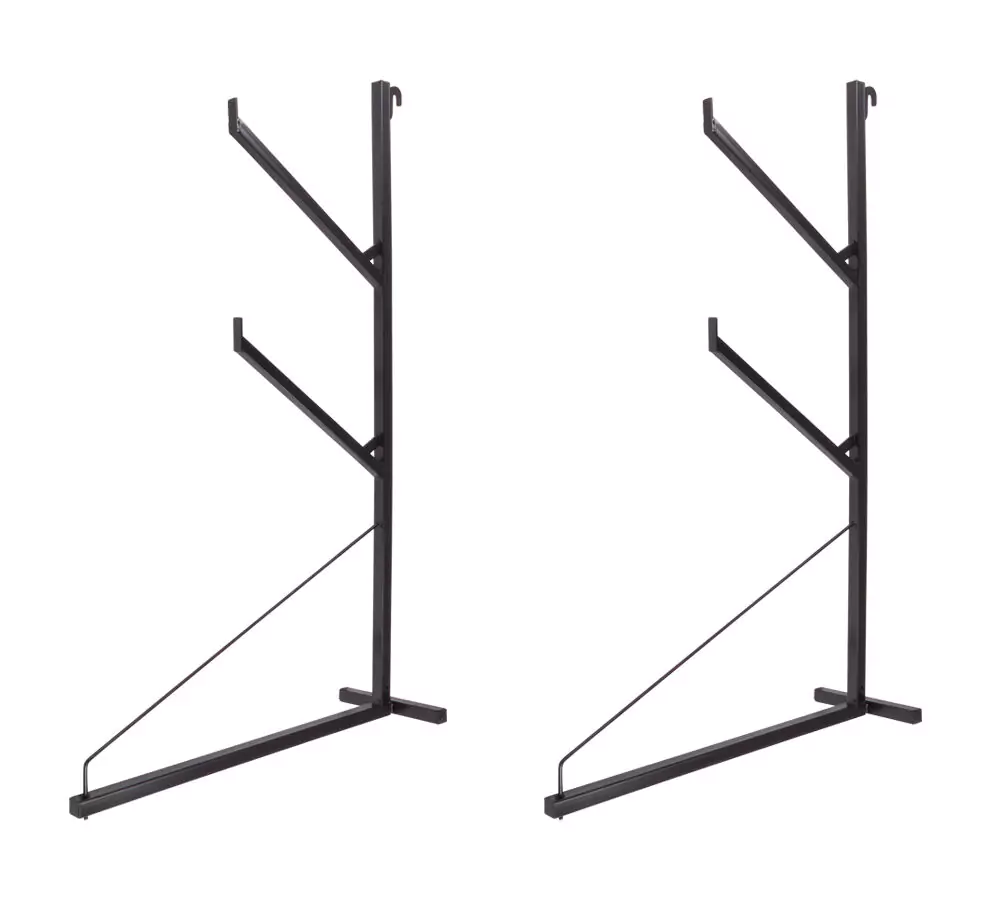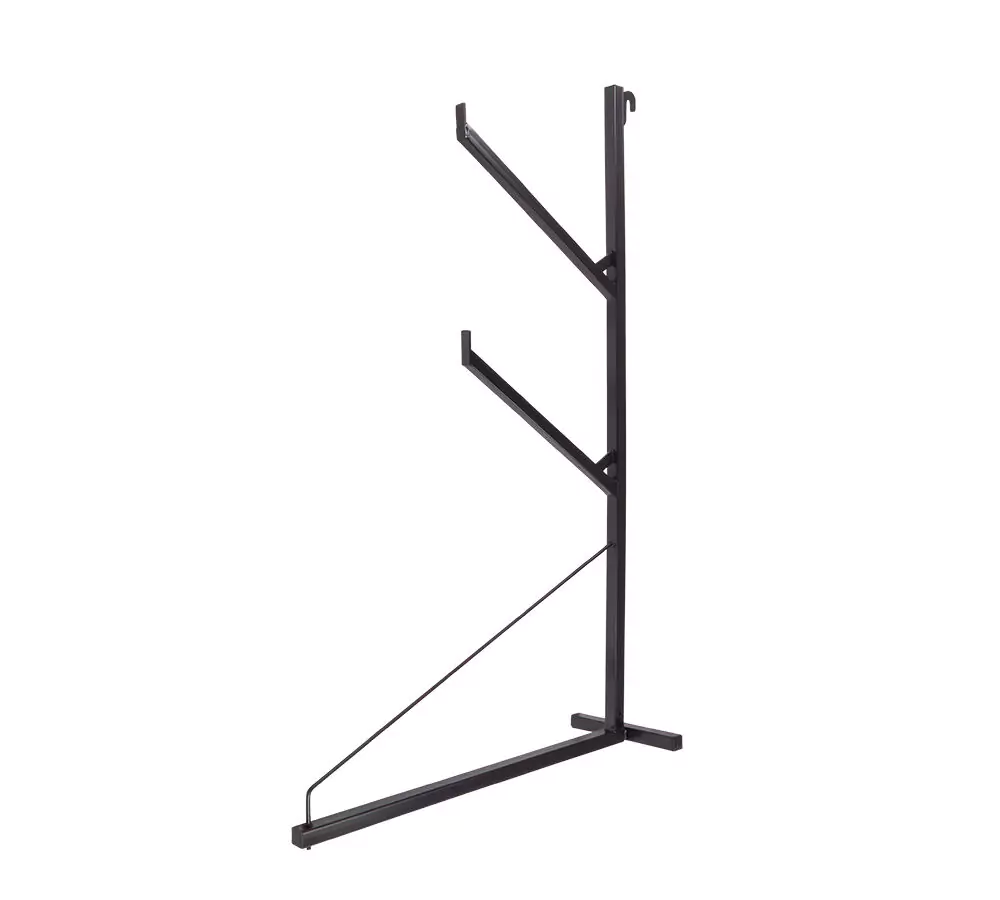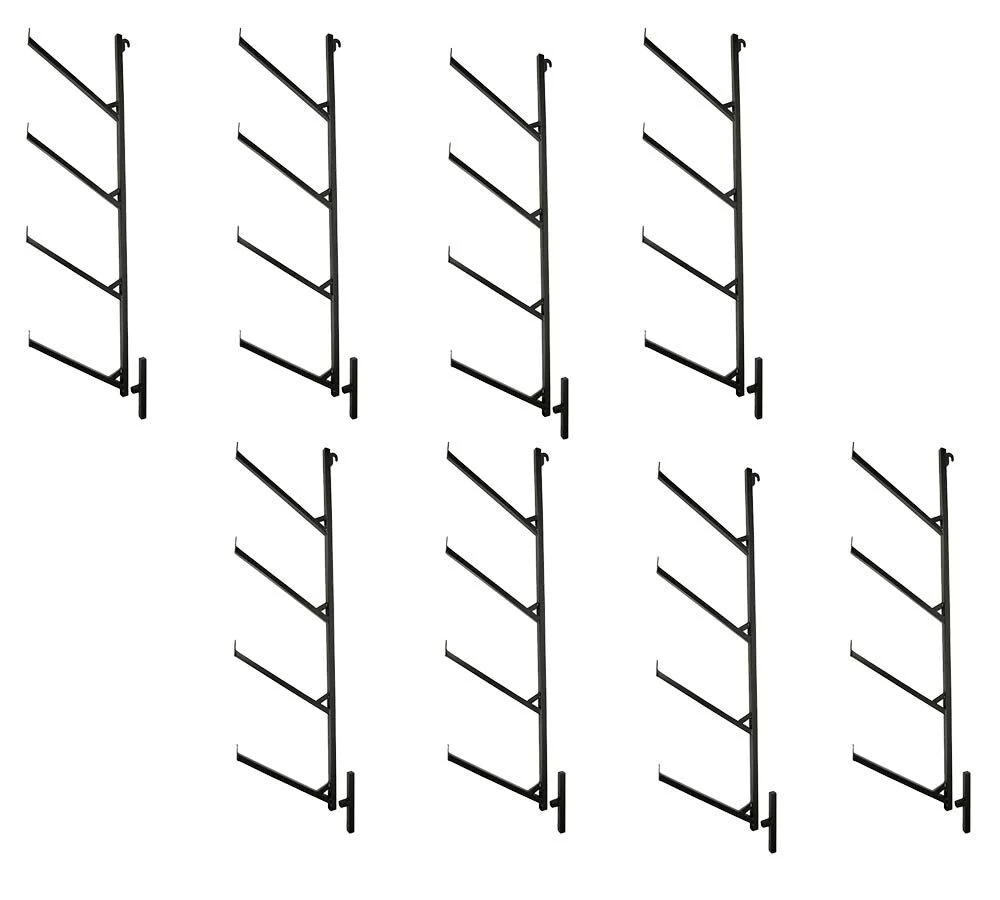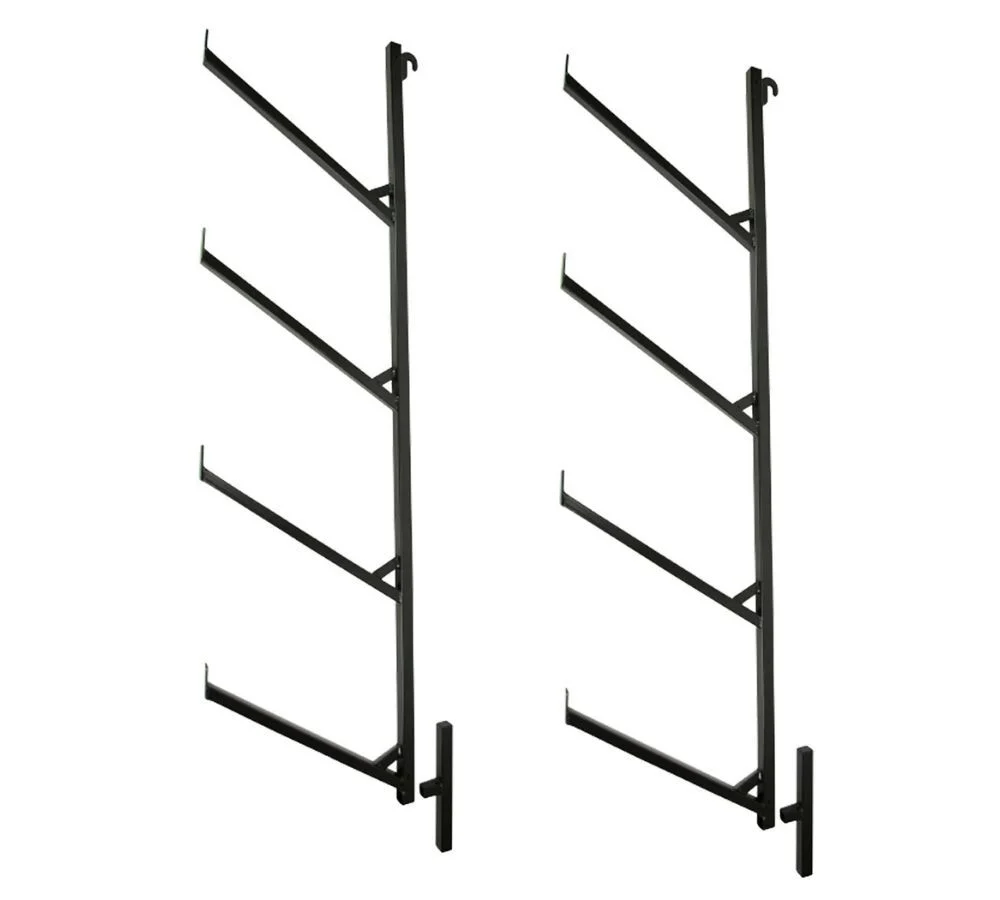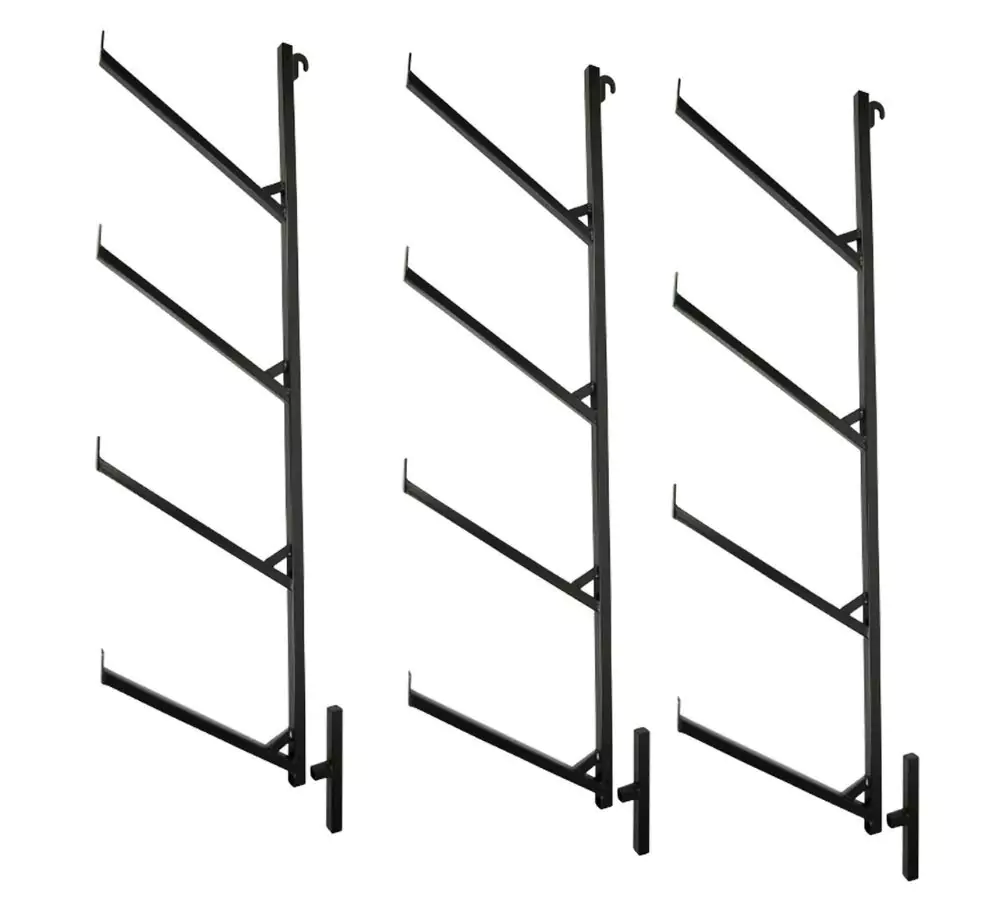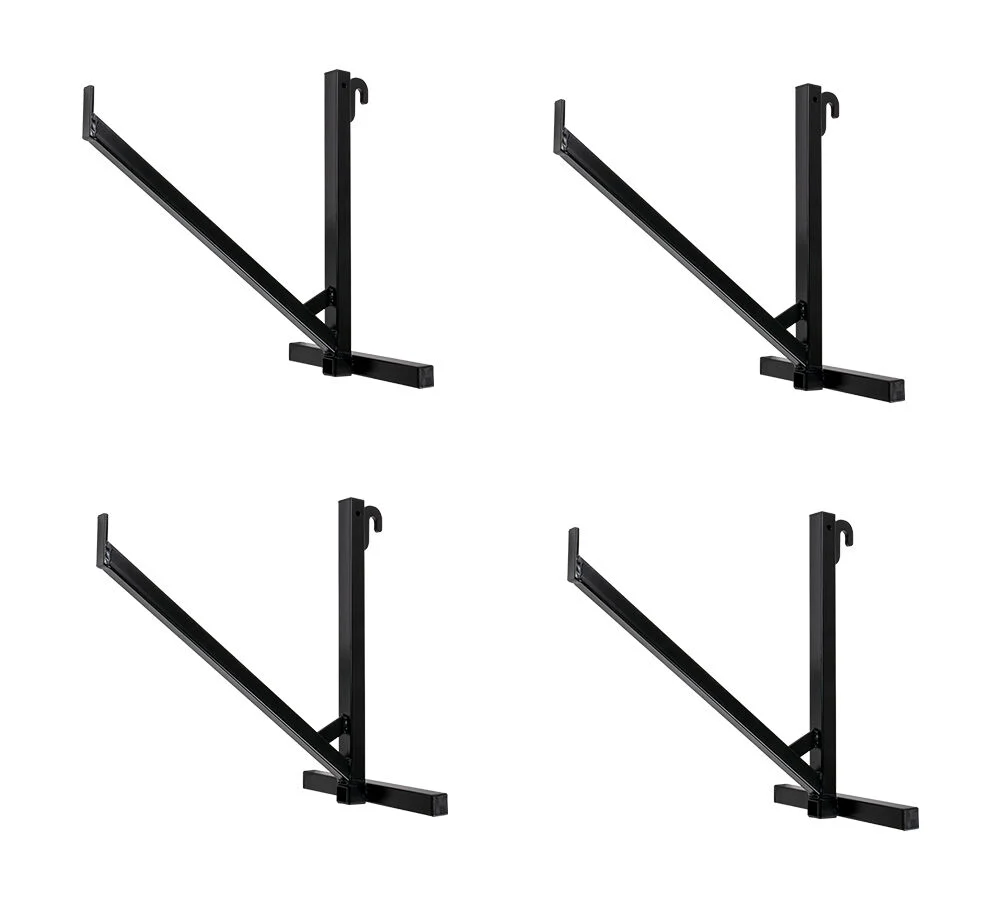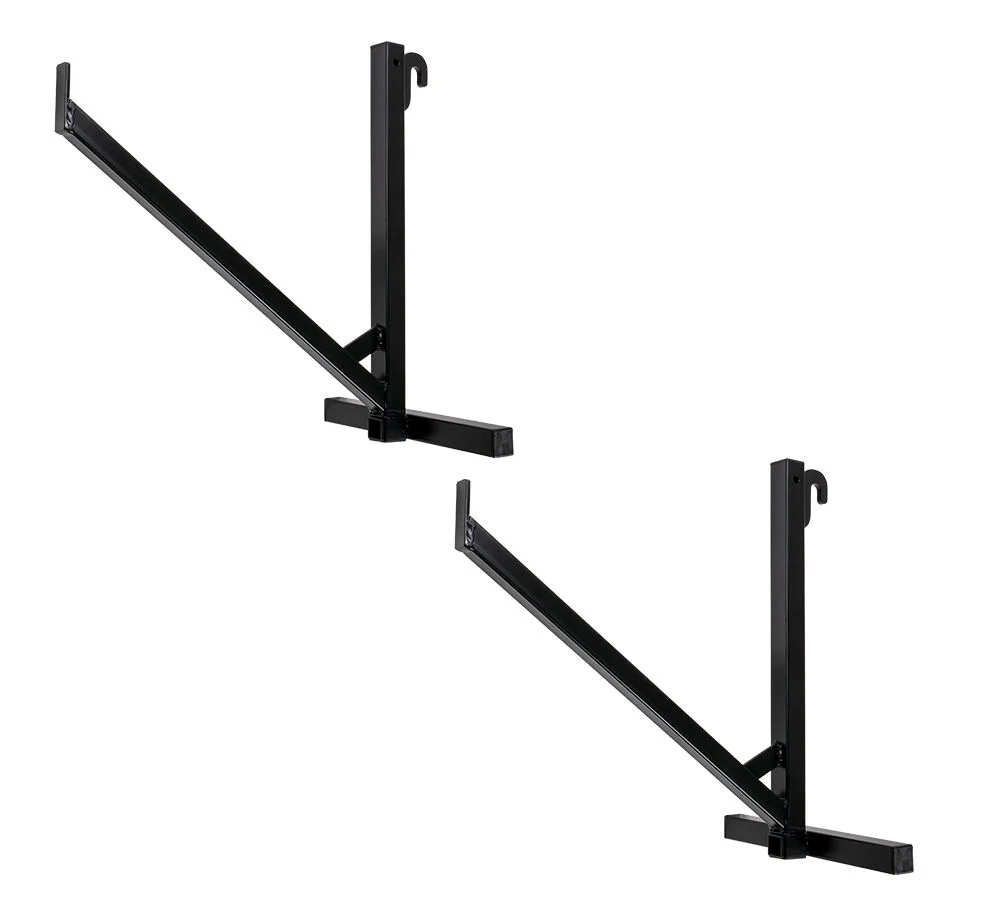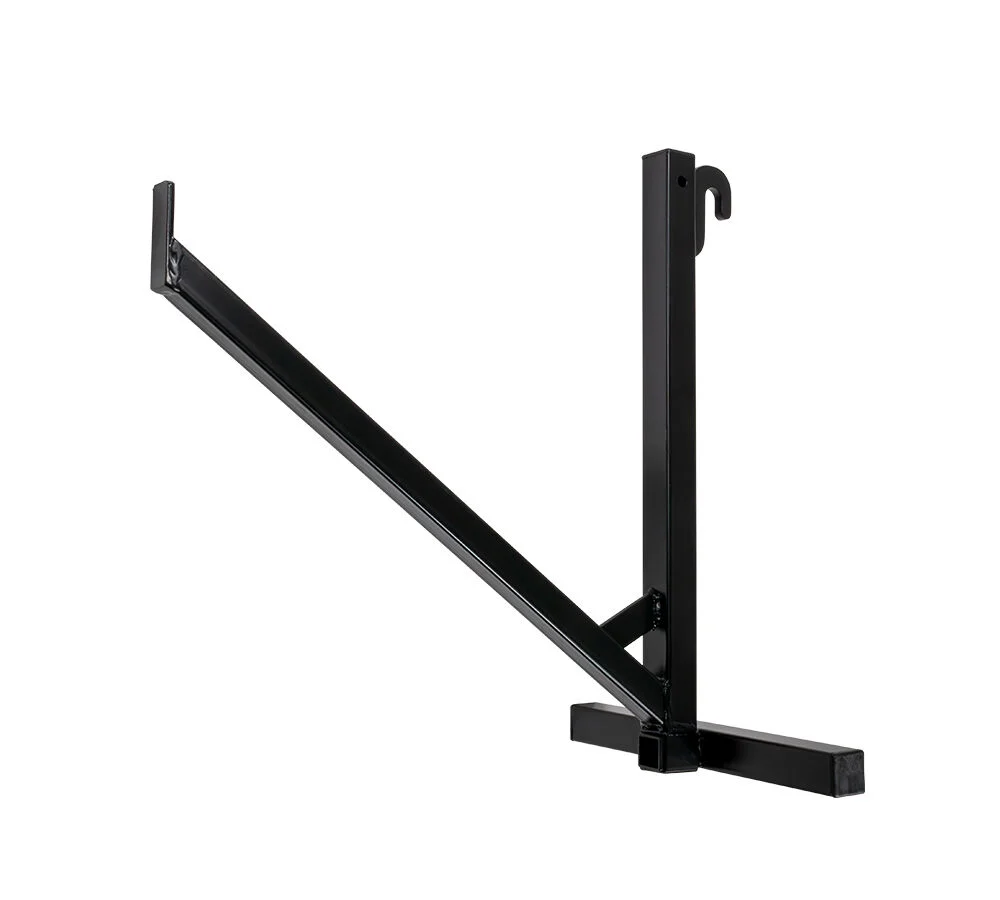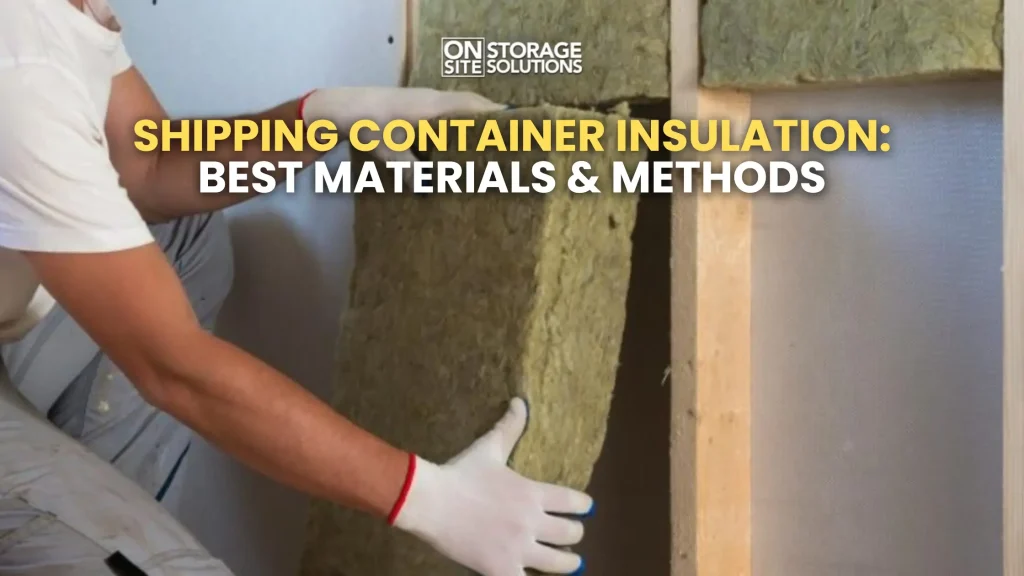
If you’re planning to transform a shipping container into a living space, a functional office, or a secure storage unit, understanding shipping container insulation is essential. Without proper insulation, these steel boxes can become unbearably hot during the summer and freezing cold in the winter.
This comprehensive guide will explore the various materials, methods, and benefits of insulating a shipping container, ensuring your container space is comfortable, energy-efficient, and fit for purpose.
Why is Shipping Container Insulation So Important?
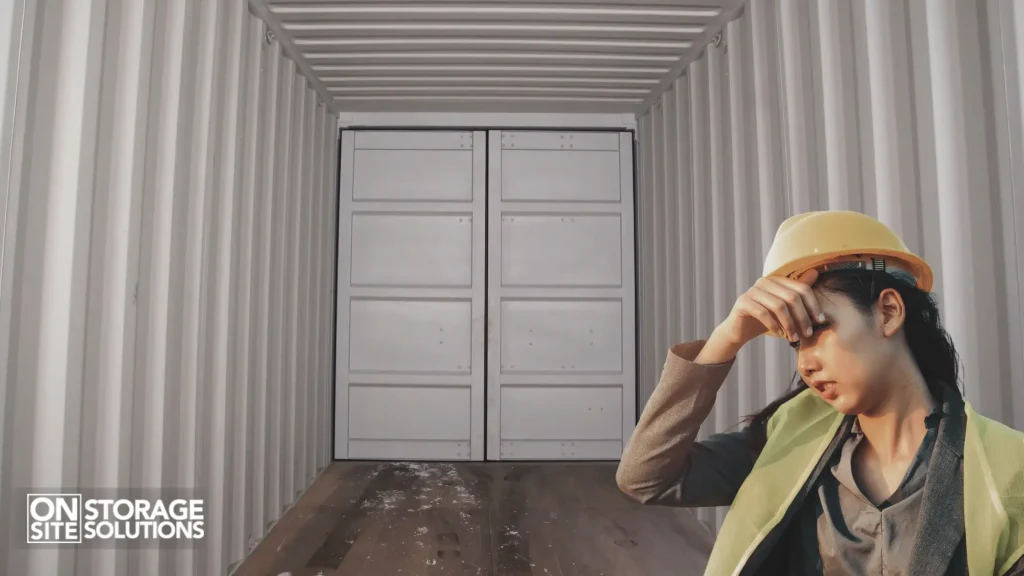
Shipping containers, while durable and versatile, are essentially metal boxes that conduct heat very efficiently. This means they rapidly absorb and transfer heat and cold, making the interior temperature extremely variable.
Proper insulation is therefore not just a matter of comfort; it is a necessity for various reasons:
- Temperature Regulation: Insulation helps to maintain a stable internal temperature, preventing your space from becoming too hot or too cold. This is crucial for comfort, especially in extreme climates.
- Energy Efficiency: By reducing heat transfer, insulation minimizes the need for excessive heating or cooling. This leads to lower energy consumption, reducing your utility bills and your environmental impact.
- Condensation Prevention: A significant issue with shipping containers is condensation. Poor insulation can lead to moisture buildup, causing mold, corrosion, and other moisture-related problems. Good insulation acts as a vapor barrier, preventing these issues.
- Soundproofing: Certain insulation materials can also act as a sound barrier, reducing external noise and creating a quieter internal space.
Types of Shipping Container Insulation
When choosing the right insulation for your container, several factors come into play: thermal performance, climate suitability, space constraints, and environmental impact. Here’s a rundown of the most popular options:
1. Spray Foam Insulation
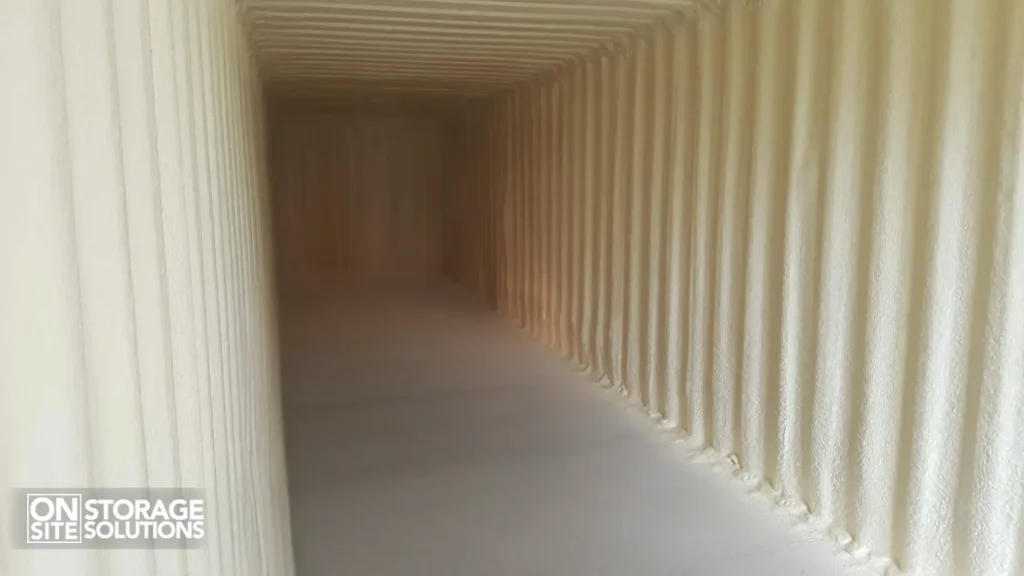
Spray foam insulation is a popular choice because it offers excellent thermal resistance and creates an effective air seal. It is applied as a liquid that expands to fill gaps and crevices, making it ideal for irregular spaces and corners.
It is particularly beneficial in humid climates, as it acts as a moisture control barrier, reducing condensation.
Types:
- Closed-cell spray foam: Offers a higher R-value and is more moisture-resistant, but is more expensive.
- Open-cell spray foam: Is less dense and more affordable, but it is not as effective at preventing moisture.
- R-Value: Approximately 6 per inch of thickness
- Installation: Requires specialized equipment and can be more expensive. It does not need framing
- Benefits: High R-value, water-resistant, long term, acts as a sound barrier, doesn’t settle over time, and resists mold and bacteria
- Drawbacks: Most expensive option and requires professional installation
2. Batt Insulation
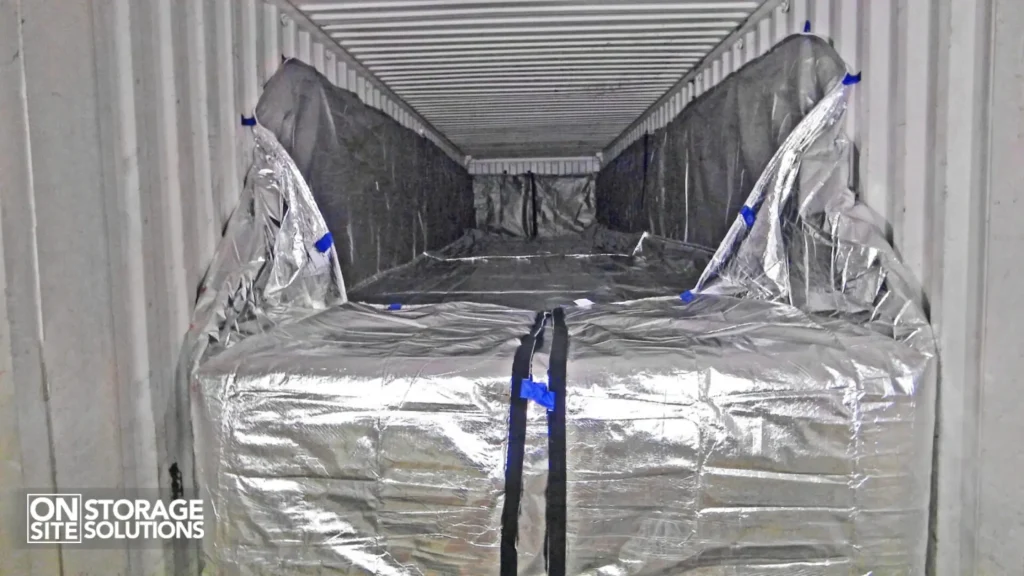
Batt insulation, also known as blanket insulation, is made from materials like fiberglass, mineral wool, or plastic fibers. It is typically used for residential and office structures.
Types:
- Fiberglass Insulation: Made from recycled glass or superheated sand, it is a low-cost option
- Mineral Wool Insulation: Offers good thermal insulation, and is non-flammable and water-resistant.
- Plastic Insulation: This is an economical option but does not insulate as well as other materials.
- R-value: R-13 (3.5-inch thickness), R-19 (6-inch thickness)
- Installation: Requires interior framing and a vapor barrier.
- Benefits: Cost-effective and provides a high R-value.
- Drawbacks: Requires framing, can be more cumbersome to install than other types of insulation, and can settle over time.
3. Rigid Panel Insulation
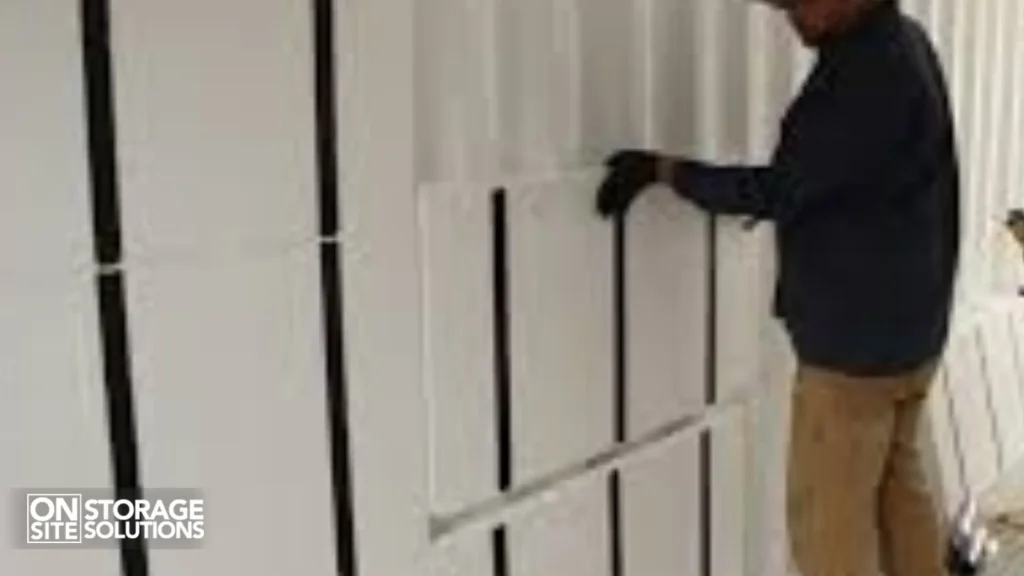
Rigid panel insulation, often made from materials like expanded polystyrene (EPS), extruded polystyrene (XPS), or polyisocyanurate, are easy to install and provide good thermal resistance. They are available in pre-sized panels and can be cut to fit the container’s dimensions.
Types:
- Expanded Polystyrene (EPS): A cost-effective option for basic insulation needs.
- Extruded Polystyrene (XPS): Closed-cell foam that offers enhanced insulation and moisture resistance.
- Polyisocyanurate (Polyiso): Rigid, durable, and suitable for a variety of applications.
- R-Value: Varies depending on thickness and material. Styrofoam (a type of polystyrene) has an R-value of approximately 4 per inch.
- Installation: Simple to install and can be attached to studs or directly to the container walls.
- Benefits: Easy to install, good thermal resistance, and versatile.
- Drawbacks: May not be as effective at filling gaps as spray foam.
4. Loose-Fill Insulation
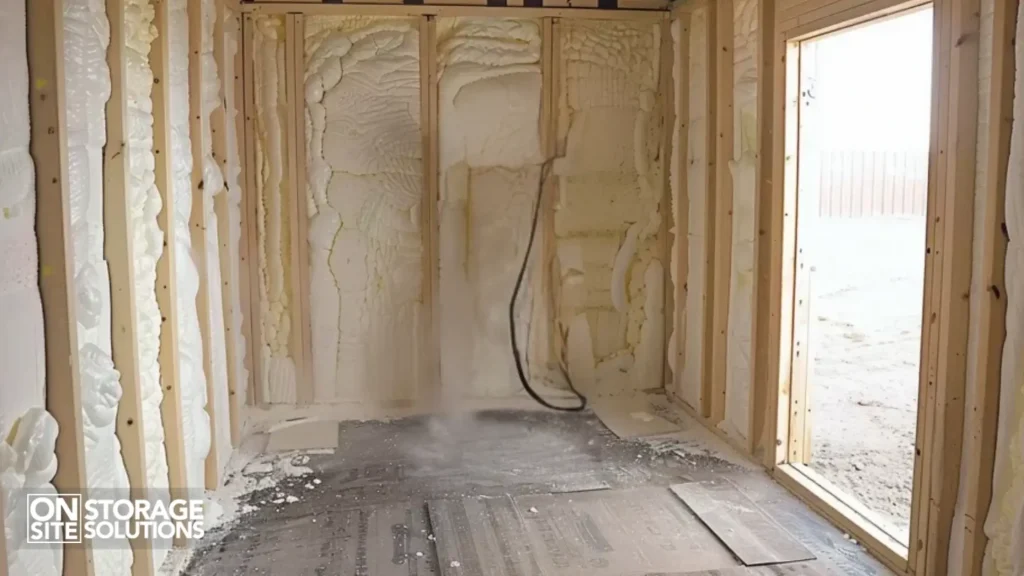
Loose-fill insulation consists of small particles that are blown into wall cavities. This method requires sealing off the space to prevent the insulation from scattering.
Types:
- Cellulose Insulation: Made from recycled paper products, it is an eco-friendly option.
- Loose-fill Fiberglass Insulation: Less dense than fiberglass batts and can be distributed with a machine.
- Vermiculite and Perlite Insulation: Minerals that have been heated and expanded into lightweight pellets.
- R-Value: Varies depending on the material.
- Installation: Requires specialized equipment for application.
- Benefits: Good for filling irregular spaces and is often made from recycled materials.
- Drawbacks: Requires proper sealing of cavities to prevent scattering.
5. Eco-Friendly Insulation Options
For those prioritizing sustainability, there are several eco-friendly insulation options available:
Types:
- Natural Insulation Fibers: Options like cotton, sheep’s wool, and recycled denim provide good insulation, are lightweight easy to install, and are made from renewable resources.
- Cork Insulation: Cork is a sustainable material that offers good thermal and acoustic insulation.
- Recycled Materials: Options like paper-based cellulose insulation and other materials made from recycled content help to reduce waste.
How to Insulate a Shipping Container: A Step-by-Step Guide
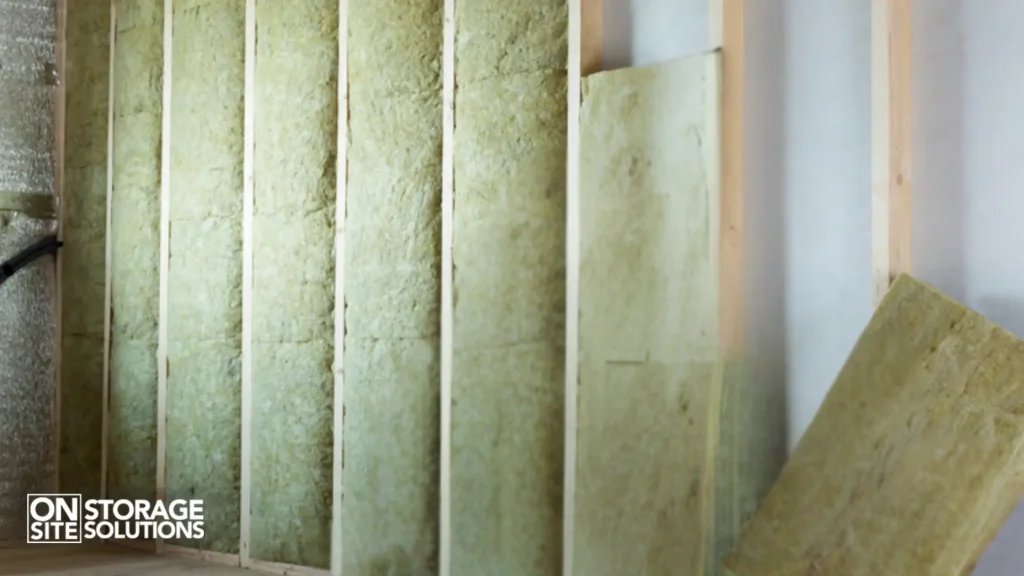
Now that you know the types of insulation available, here is a general step-by-step guide on how to insulate a shipping container properly:
1. Prepare the Shipping Container
- Clean the Interior: Thoroughly clean the inside of the container to remove any dust, dirt, or debris. Make sure it is completely dry before you start.
- Address Rust and Damage: Inspect the container for any rust or damage, and repair these issues before installing insulation. This will prevent further deterioration.
2. Installation Process
- Measure and Cut Insulation: Measure the interior surfaces of the container and cut your chosen insulation material to fit.
- Apply Insulation: If using spray foam, hire a professional to ensure proper application. If using panels or batts, securely fit them into place, ensuring a tight seal.
- Seal Gaps: Use tape or sealant to seal any remaining gaps or openings to prevent air leakage.
- Vapour Barrier: For batt insulation, use a vapor barrier to protect against moisture.
3. Finishing Touches
- Install Interior Walls: Add interior walls using materials like plywood or drywall to conceal the insulation.
- Integrate Electrical and Plumbing: If needed, integrate wiring and plumbing before sealing the walls. Ensure you hire a licensed electrician and plumber for these tasks.
Maximizing Shipping Container Insulation Efficiency
To make the most of your insulation efforts, here are some tips to follow:
- Airtight Sealing: Ensure all seams and gaps are sealed to prevent air leakage.
- Adequate Ventilation: Install proper shipping container ventilation to prevent the buildup of moisture.
The Benefits of Proper Shipping Container Insulation
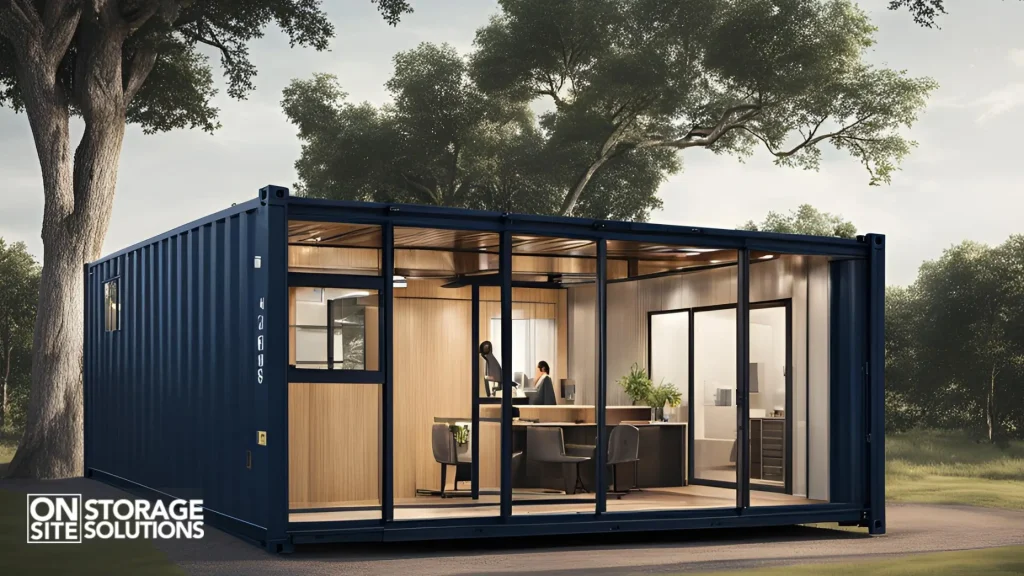
Investing in proper shipping container insulation offers numerous benefits:
- Comfortable Interior: Insulation creates a comfortable living or working environment by regulating temperature and humidity.
- Cost Savings: Reduced energy consumption leads to lower utility bills, saving you money over time.
- Protection of Contents: Insulation protects temperature-sensitive assets from heat and cold damage.
- Sustainability: By lowering energy usage, insulated containers are more environmentally friendly.
- Prevention of Condensation: Insulation prevents moisture buildup, protecting the container from rust, mold, and corrosion.
Conclusion
Insulating a shipping container is a transformative step that turns a basic steel structure into a comfortable, functional, and efficient space. Whether you’re creating a home, office, or storage unit, understanding how to insulate a shipping container is crucial for success.
By choosing the right materials, following the appropriate installation methods, and considering the specific needs of your project, you can maximize how to keep shipping container cool.
At On-Site Storage Solutions, we offer a wide range of shipping containers to meet your needs. With over 60 depots across the U.S. and Canada, we’re here to help.
Call us at (888) 977-9085 to find the perfect container for your next project!



